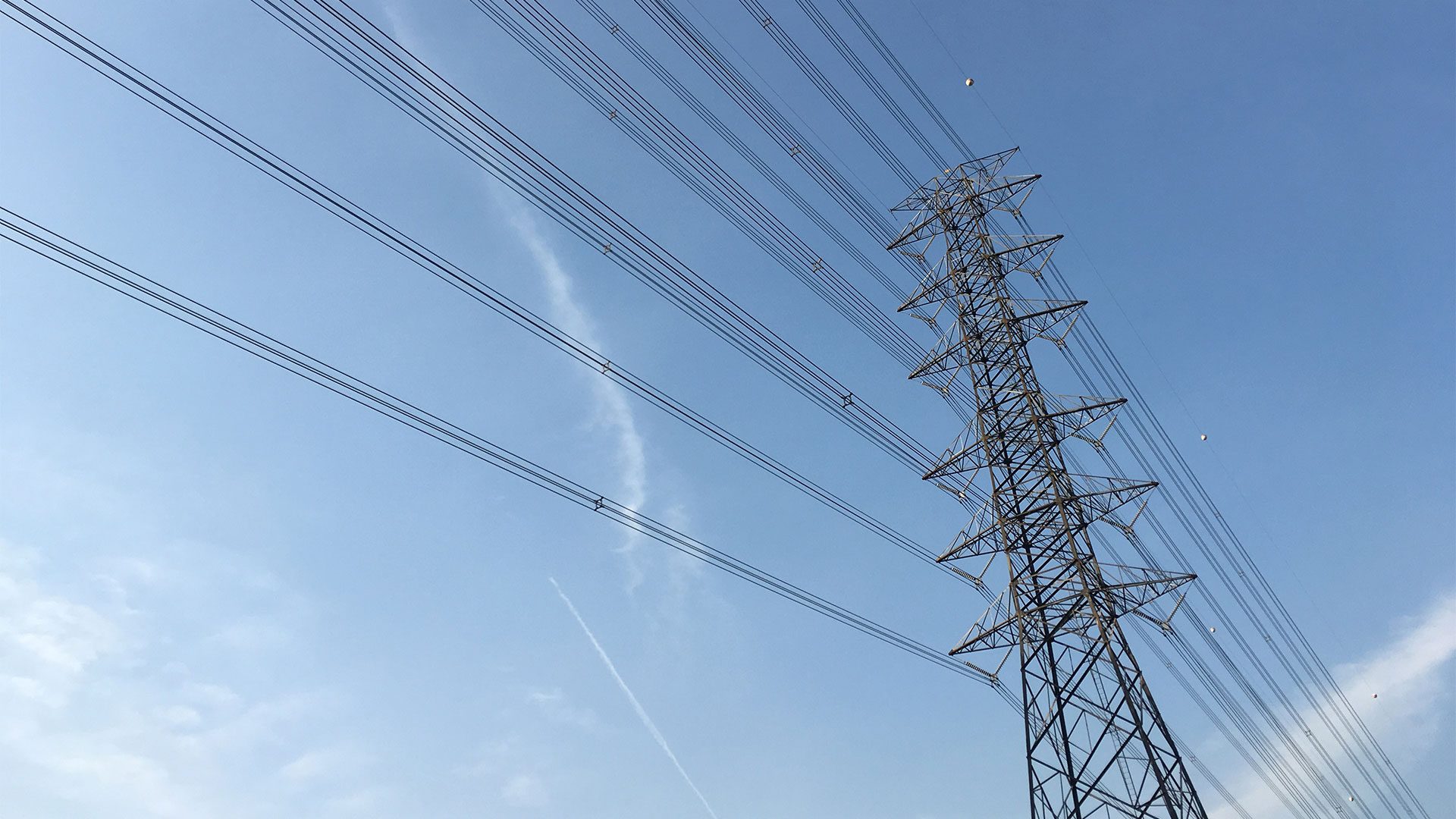The SPP DISIS-2022-001-P2 Kickoff meeting focused on the Definitive Interconnection System Impact Study (DISIS) for interconnection requests submitted in 2022. The goal was to outline the project scope, discuss the study process, and provide timelines for deliverables. The meeting provided detailed explanations regarding the number of interconnection requests, project sizes, analysis methods, and cost allocation, with a strong focus on technical and procedural steps to ensure grid reliability and compliance.
Project Overview:
The study encompasses 108 interconnection requests covering various technologies, with the following breakdown:
- 45 Solar Projects: Totaling 10,012.89 MW
- 18 Wind Projects: Totaling 4,619.46 MW
- 38 Battery/Storage Projects: Totaling 6,438.98 MW
- 4 Thermal Projects: Totaling 828 MW
- 3 Hybrid Projects: Totaling 830 MW
These projects represent a diverse range of energy sources, and the impact of their integration on the SPP grid was a central theme.
Models and Study Conditions:
SPP is using powerflow models based on the 2024 (Year 2) and 2027 (Year 5) scenarios, focusing on:
- Summer Peak Load
- Winter Peak Load
- Light Load Conditions
These models incorporate data from neighboring regions (MISO, AECI, and MPC) and account for higher-queued projects and their associated upgrades. Transmission elements such as generator tie lines shorter than 20 miles will be simplified in the models, while those longer than 20 miles are modeled at full length.
Thermal and Voltage Analyses:
Thermal overloads will be evaluated using Transfer Distribution Factors (TDFs):
- System intact (n-0) conditions: Projects meeting a threshold of 3% or more are flagged for upgrades.
- Outage conditions (n-n): Projects are evaluated under outage scenarios to assess their impact.
The study will also incorporate voltage ride-through requirements and reactive compensation analyses to maintain grid stability during adverse conditions. Any deficiencies identified in voltage levels or stability will lead to required upgrades, such as shunt reactive compensation.
Stability, Short Circuit, and Reactive Compensation:
Stability analysis will focus on ensuring that the grid can withstand fault events as per FERC Order 661-A and NERC standards. This will include the testing of Short Circuit Ratios (SCR) to ensure sufficient system strength at each project’s Point of Interconnection (POI).
For short circuit analysis, SPP will calculate available fault current at buses connected to interconnection projects. In addition, the reactive compensation analysis will ensure that projects contribute adequately to system stability, especially under peak load conditions.
Tools Used for Analysis:
The study will use TARA software for powerflow and contingency analysis in alignment with SPP Business Practice 7250. The EPRI GSAT tool will assist with screening for short circuit ratios to identify potential stability risks from inverter-based resources.
Timeline:
The key dates for this study are as follows:
- September 24, 2024: Draft models posted for review.
- October 17, 2024: Final models posted.
- Early January 2025: Draft report ready for review.
- January 14, 2025: Final report released.
- Late January – Early February 2025: Decision Point 2.
SPP emphasized the importance of reviewing the draft models during the specified window and providing timely feedback. The models are critical for determining whether interconnection projects will trigger the need for network upgrades.
Cost Allocation and Next Steps:
Cost allocation will follow the guidelines outlined in the SPP OATT Attachment V and DISIS Manual, aligning with FERC Order 845 to ensure fairness in how costs are distributed between generation capability and interconnection requests. Transmission Owners (TOs) will provide interconnection cost estimates, and SPP will finalize model reviews before conducting further analysis in October and December.



